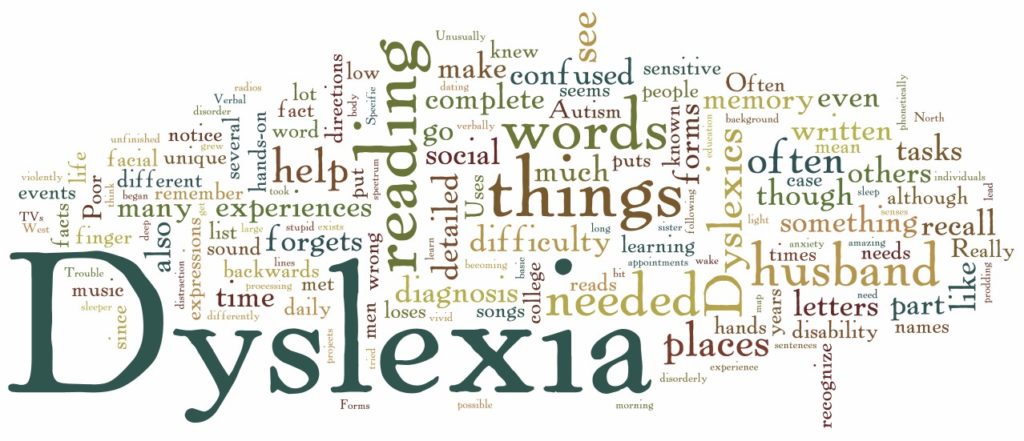With over one billion people living with some form of disability, designing accessible websites is not optional any more. Moreover, having an inaccessible website could be grounds for a lawsuit so it’s best to adapt and make accessible design a part of your regular workflow.
However, designing accessible websites is more than knowing how to edit a mobile version of a WordPress website. In this article, we’ve gathered the best tools and resources that will help you design accessible websites.
WCAG Guidelines
Let’s start this off with a list of Web Accessibility Guidelines. After all, if you want to make sure your websites are accessible, then knowing what makes a website accessible is a must.
WAVE – Web Accessibility Evaluation Tool
This tool lets you test your website for accessibility. It will scan your site and highlight potential accessibility issues as well as show you where your website does well in terms of being accessible to everyone.

WebAIM Quick Reference
This reference list is a collection of different checks and tests that you can use to test a website for accessibility without relying on third-party tools. It also includes a list of tools to help you test website accessibility.
Colour Contrast Check
Use this tool to check the contrast between two colors. This tool is useful to ensure your text is legible against the background color. The tool is geared towards helping you make sure a website is legible for both visually impaired and colour blind users.
Usable Websites for People with Dyslexia

Thanks to this tutorial, you’ll learn how to make websites more accessible for people who suffer from dyslexia. The tutorial covers five simple tweaks that you can apply to any website design that makes your website easier to understand and read.